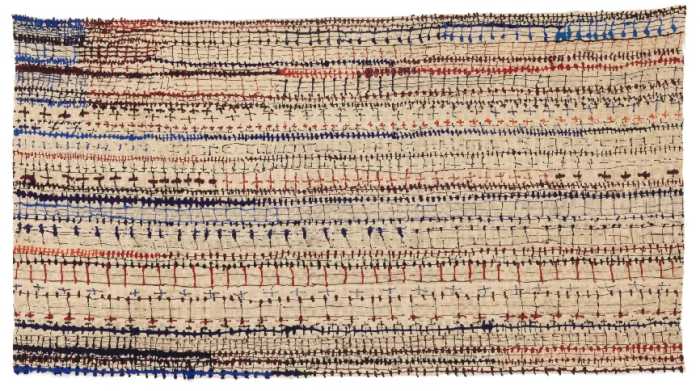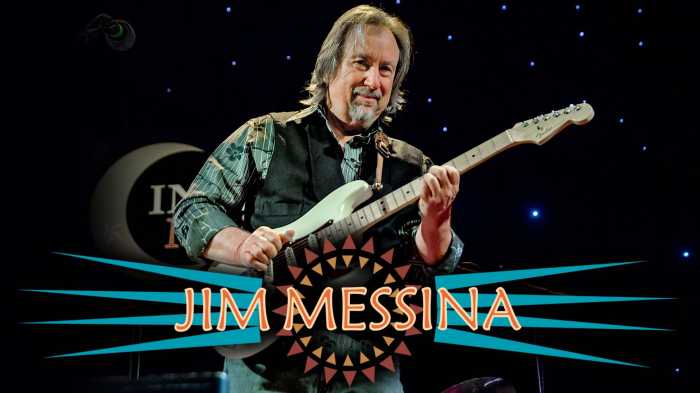The world changed forever 66 million years ago. The IMPACT caused the Earth to nearly melt, destroyed almost every living thing, burned everything that grows, and then the world was in darkness for the next 3 years.
What happened? An asteroid, bigger than Mount Everest, crashed into the earth just off the coast of Mexico during the Cretaceous Period. That is when the planet was alive with all sorts of animals and reptiles living in the sea and on land. Behemoths like mosasaur, a 27-foot long marine reptile and the lesser-known predatory Didelphodon roamed the earth preying on almost everything.
And then the asteroid hit. IMPACT!
At the new exhibition opening at the American Museum of Natural History, you can get a close up look at these animals and reptiles, see models of extinct creatures, feel their skin, touch their toes and see what happened after the IMPACT.
The show, called Impact: The End of the Age of the Dinosaurs, takes visitors on a journey starting before the impact, to the actual day of the event and shows us how the Earth began to recover and be reborn.
The museum president, Sean M. Decatur noted, “It’s a story about the resilience of life and of our planet. Some species survived, new ecosystems flourished, and eventually, these developments led to the evolution of humans and the world as we know it today. It’s a fascinating story like no other.”
The story is told very creatively through dioramas, life-size models of now- extinct animals, and hands-on exhibits. It is very much a family-friendly affair showing highly detailed scientific proof of the Impact along with kid-friendly touch screens and short films.
After such massive destruction, how did the earth recover? Many smaller animals lived underground and survived. Sea creatures were able to avoid the heat and radiation. From that destruction, new life emerged. Had this cataclysmic event not occurred, would life as we know it today exist?
There were at least four other mass extinctions that happened before this Impact. Each time, the world changed and evolved. In fact, more species are alive than ever before. However, the exhibit comes with cautions: climate change, along with other dangerous human behaviors, endanger ecosystems and threaten species today. We must explore ways to conserve the beauties of the world as we know it to keep it alive.
The exhibit is on the fourth floor of the museum, and there’s an added fee above the cost of admission to the museum.


































